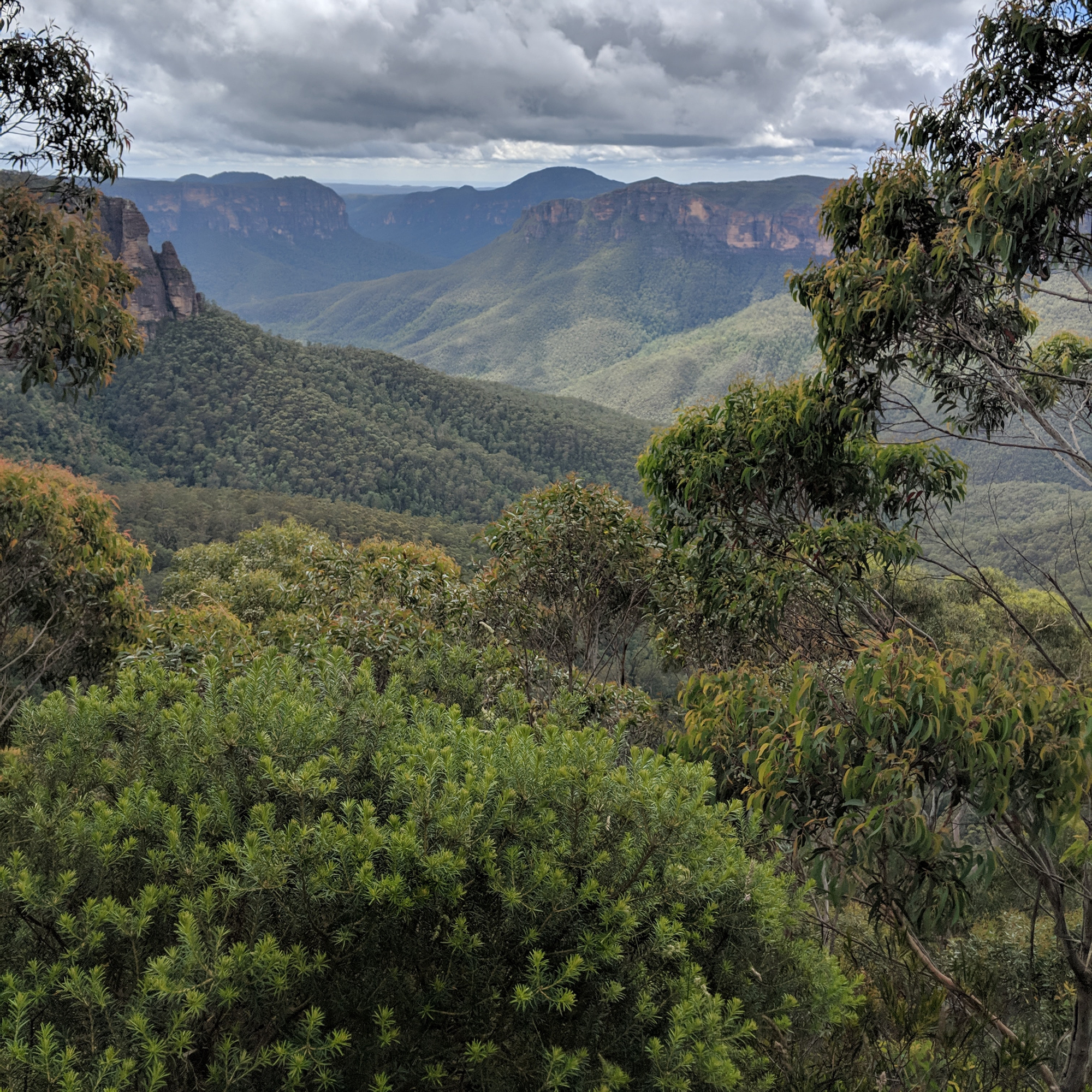Brown Field Site Remediation
Brown Field Site Remediation
Restoring large scale byproduct sites
Restoring large scale byproduct sites
A compelling alternative to the environmentally dangerous practice of burying byproduct or creating byproduct dams, Nu-Rock’s mission to repair and restore the natural environment involves the complete remediation and restoration of large- scale byproduct sites of all descriptions. By positioning Nu-Rock manufacturing plants on or near byproduct sites, the process of moving and recycling huge volumes of byproduct becomes economically viable and logistically manageable.
Nu-Rock plants can process up to 500,000 tonnes of byproduct material per year (depending on products being made and the type of byproduct stream being used) which means it is now possible to fully remediate large scale byproduct sites containing millions of tonnes of byproduct material.
Over the coming decade Nu-Rock Licensees are forecast to reclaim and repurpose over twenty million tonnes of coal ash from ash dams on Power Stations, plus over fifteen million tonnes of byproducts stockpiled at Steel works, Non-Ferrous Metal Smelters, Alumina Smelters, and hard rock byproduct from Mines. Nu-Rock will also be involved in processing and repurposing coal washery tailings.
By converting byproduct into green products to feed growing circular economies, Nu-Rock will proudly play a key role in remediating byproduct sites and repairing the natural environment for many years to come.
Emissions free manufacturing
Nu-Rock’s ‘formulated rock’ technology does not involve land air or water emissions during the manufacturing process. This is a vast improvement on high CO2 emitting and centuries-old, energy-hungry processes involving the quarrying, transporting and kiln burning of limestone at 1500°C. Plus, the quarrying and transporting of precious and finite natural resources such as sand and aggregates.
Energy hungry clay-based product manufacturing involves up to a 7-day warming an drying process at 500°C followed by an up to 3-day firing process at 1050°C.
